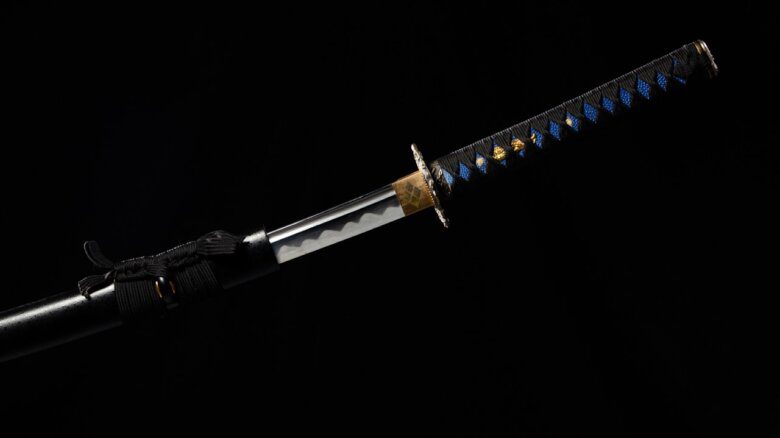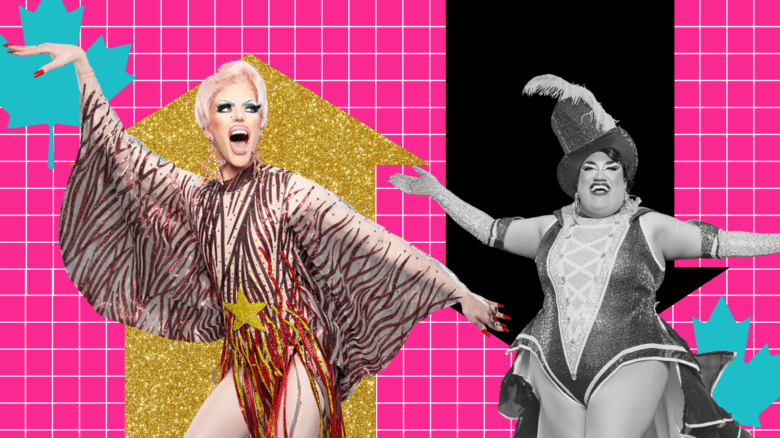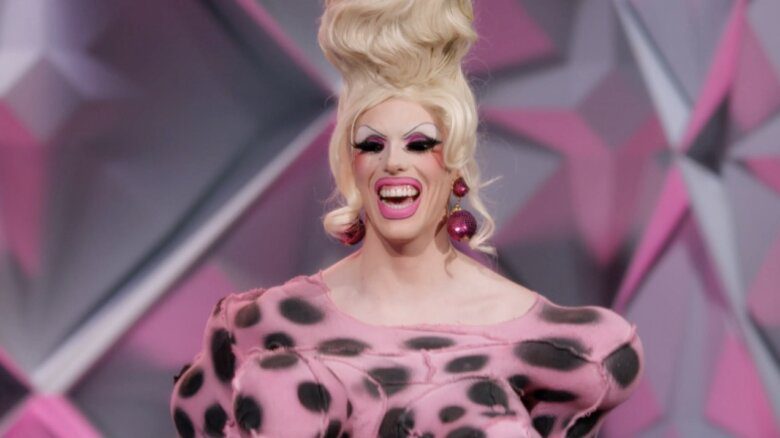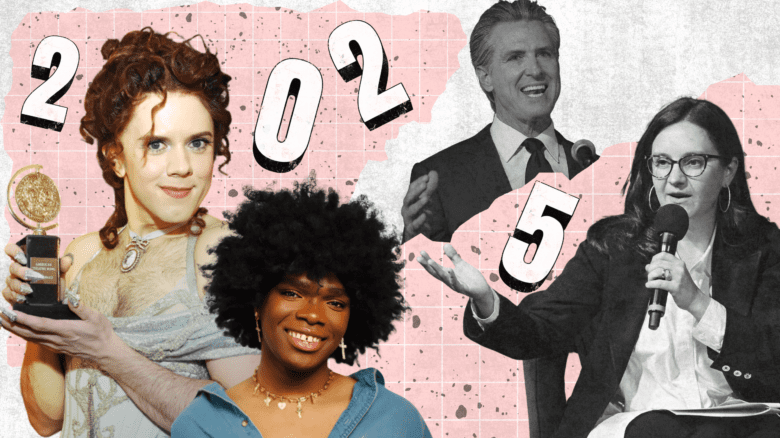It seems you can’t look anywhere without hearing about the growth and profitability of women’s sports. The refrain has gone from “no one watches women’s sports” to “everyone watches women’s sports” in a matter of just a few years. For longtime fans of women’s basketball, women’s soccer and women’s hockey, the meteoric growth of leagues like the Women’s National Basketball Association (WNBA), National Women’s Soccer League (NWSL) and Professional Women’s Hockey League (PWHL) can feel exciting. But with all this growth comes more complicated feelings too.
The argument for investing in women’s sports often falls along capitalist lines such as “there’s money to be made here, and it would be unwise to pass it up.” A new report from Deloitte estimates that global revenue generated by elite women’s sports will exceed £1.8 billion (approximately $3.3 billion in Canadian dollars) in 2025. With investment opportunities increasing exponentially, women’s pro sports leagues are signing sponsorship deals with major companies left and right. However, which brands these leagues are choosing to partner with now that there is money available is increasingly at odds with the presumably progressive values these leagues have been perceived to have by long-time fans.
The WNBA players, in particular, have made a name for themselves with their commitment to racial justice activism and social justice advocacy cause that they dedicate each season to (there is even a documentary about their activism, called Power of the Dream). In women’s soccer, the U.S. Women’s National Team’s fight for equal pay often transfers to perceptions of the NWSL because many of the same players are represented. Even though those values and actions come from the players themselves, the public perception often applies those views to the leagues as a whole. In the public sphere, the distinction between the league (a corporation with its own interests in mind) and the players (individual workers with their own views) is often flattened.
Take, for example, the WNBA, whose season starts this week. It will be the league’s most talked-about season since its launch nearly 30 years ago. With a brand-new team in the Golden State Valkyries and Canadian expansion set for 2026 with the Toronto Tempo, all eyes are on the W and everyone wants a piece of the pie. Their partnership with Amazon Prime to stream games is continuing this season, with 25 games streaming on the platform. The WNBA isn’t the only league with an Amazon partnership either. The NWSL also streams games on Prime.
But the NWSL’s partnership with Amazon is baffling when you consider that it is a league currently in the process of a rebrand following their disturbing sexual abuse scandal and continued and ongoing workplace harassment crisis. Not only that, but the league has leaned heavily on lip service around progressive values in order to change the public’s perception of it and has benefitted mightily from that strategy.
“Why would a league that is being heralded as “a beacon of social and political activism” think that partnering with Amazon would align with its values?”
“Under [Commissioner Jessica] Berman’s leadership … the NWSL has become a sporting beacon of social and political activism,” a 2024 report from SportsPro explained data from Luscid, a platform that tracks sport and entertainment data, measured “the league’s key marketing strengths”—which included “community impact”—and cited Amazon as one of the blue-chip companies the league has signed recently. These new partnerships moved the total annual value of the NWSL’s portfolio to over $24.5 million—a fourfold increase from 2021.
But why would a league that is being heralded as “a beacon of social and political activism” think that partnering with Amazon would align with its values? Amazon is well known to be a company that, among other things, exploits workers, puts them in unsafe working conditions, helps fund ICE, has a terrible environmental record and is single-handedly responsible for killing bookstores. Perhaps for the same reason they thought their new partnership with Alex Cooper’s Unwell Hydration drink was a good idea? Cooper, the host of the popular Call Her Daddy podcast, is a former employee of Barstool Sports and has done little to distance herself or her brand from Barstool’s toxic and offensive content in the years since she left the company. Not only that, her Unwell Hydration beverage is a Nestlé product, which is currently the subject of multiple boycotts for reasons that include political, environmental and human rights concerns. In Canada, the company faces boycotts from the Council of Canadians and the indigenous rights organization Lakota People’s Law Project for extracting water from watersheds that have recently seen droughts. All of the leagues have at least one official partnership with a company that is on the Boycott, Divest and Sanction (BDS) list.
Or take the glut of weight-loss drug ads that permeate women’s sporting events. During the PWHL’s “Takeover Tour,” in which the league travelled to host cities who don’t have their own teams in order to promote the game, ads for Wegovy could be seen on in-game monitors. The WNBA’s Minnesota Lynx have a partnership with the weight-loss program Livea and the Indiana Fever have an Eli Lilly patch on their uniforms (Eli Lilly is the company that produces the GLP-1s Mounjaro and Zepbound). These drugs, when advertised to treat “obesity” as the presenting problem, can promote fatphobic and dangerous body image ideals—especially for the young girls watching at home, who represent the fastest-growing fan demographic.
Even the rash of new beauty campaigns is not without concern. As makeup companies like Sephora sign partnerships with Unrivaled, the off-season women’s basketball league, and WNBA teams like the Toronto Tempo, Fenty Beauty becomes the official sponsor of the WNBA’s New York Liberty and Maybelline Cosmetics partners with the new Women’s Lacrosse League, centuries-old anxieties about women athletes and femininity are reinforced. Masculine-of-centre athletes get far fewer endorsements and brand deals, reinforcing oppressive hierarchies and income disparities, as well as perpetuating queerphobia.
The financial consequences of these regressive beauty standards would be concerning enough on their own, but in a time of increased “transvestigations” of women athletes, the focus on platforming traditionally feminine athletes is far more insidious than it may first appear. Trans women and girls are increasingly being viewed as a threat to not only women’s sports, but to the safety and security of cis women as a whole, which is quietly reinforced by the focus on these highly feminized beauty campaigns.
It’s also insidious because brands are capitalizing on a highly motivated and incredibly trusting market in women’s sports fans. Research has found that WNBA and women’s sports can “enhance a brand’s image by demonstrating its commitment to social responsibility, gender equality and empowerment.” When a company advertises with one of these leagues, those values become associated with their brand, too. Nielsen’s Fan Insights found that 44 percent of WNBA fans have visited a brand’s website after seeing WNBA sponsorships during a game and 28 percent have bought from a sponsoring brand. Ads aired during the 2024 WNBA regular season through the end of May were a remarkable 26 percent more likely to spark consumer engagement than the 2023 WNBA season average. And women athletes are far more likely to convert buyers than their male counterparts, with a recent study revealing that U.S. consumers are more likely to purchase sports tech products from Caitlin Clark, Simone Biles and Serena Williams over comparable male athletes.
And yet, sponsorships and endorsements, which are only really given to the most elite teams and athletes, inevitably worsen systemic inequalities like sexism, racism, transphobia, classism and ableism. “Just as in men’s sport and wider society, it is the ‘ruling elite’ who control elite, competitive, commercialized sport, that stand to gain the most when growth is the primary objective,” Evie Ashton wrote in the It’s Just a Game newsletter. “When elite sport makes more money, financial brokers, shareholders, wealthy top executives, conservative politicians and upper-middle class people extend their power.”
The evidence for this can be seen in the names who are buying into pro women’s teams. Last season, Julia Koch, an American socialite who is one of the richest women in the world, and her son, David, Jr., bought a 15 percent stake in the WNBA’s New York Liberty. The move to sell part of the team to the Koch family raised eyebrows among fans, some of whom launched a petition asking Koch to donate $15 million of her own money to causes supported by WNBA players. The petition was started by started by the folks behind the Women’s Sports Rally social group.
WNBA players care about who they play for and who represents them—the WNBA’s social justice initiative for the 2024 season involves reproductive justice and civic engagement. The Kochs have a long history of making donations to political candidates that often work against these interests, donating exclusively to Republican candidates. Meanwhile, the NWSL team Angel City FC, which made its name being a majority-women-owned club, was sold to Disney CEO Bob Iger.
“The men’s pro sports model didn’t rise out of a neutral condition; it owes its success to empire and oppressive conditions which were explicitly designed to sustain it and which are protected by the most powerful people in society,” Zoë Hayden wrote at The Victory Press in 2019. “Women’s sports … were not meant to succeed under these conditions, and in an attempt to do so, they both intentionally and unintentionally align themselves with empire and with capitalism instead of trying to change the conditions themselves.” As a result, women’s sports leagues come to reinforce oppression rather than becoming the forces for social, political and cultural justice that they have the potential to be.”
All of this raises larger questions around whether women’s sports finding mainstream success is at odds with the stated values of its players—and its fans. At the same time, it’s a double-edged sword: true equality means not expecting more from a women’s league than we would from a men’s league, and these aren’t questions that men’s leagues are expected to be able to answer. But doesn’t progress look like trying to make a better future for the multiply-marginalized athletes and fans who have built women’s sports into the juggernaut they are today?
These are questions that will plague these women’s leagues as they continue to grow. The answers will determine what kind of future women’s sports wants to have for itself, but I fear that future may not be an equitable one.
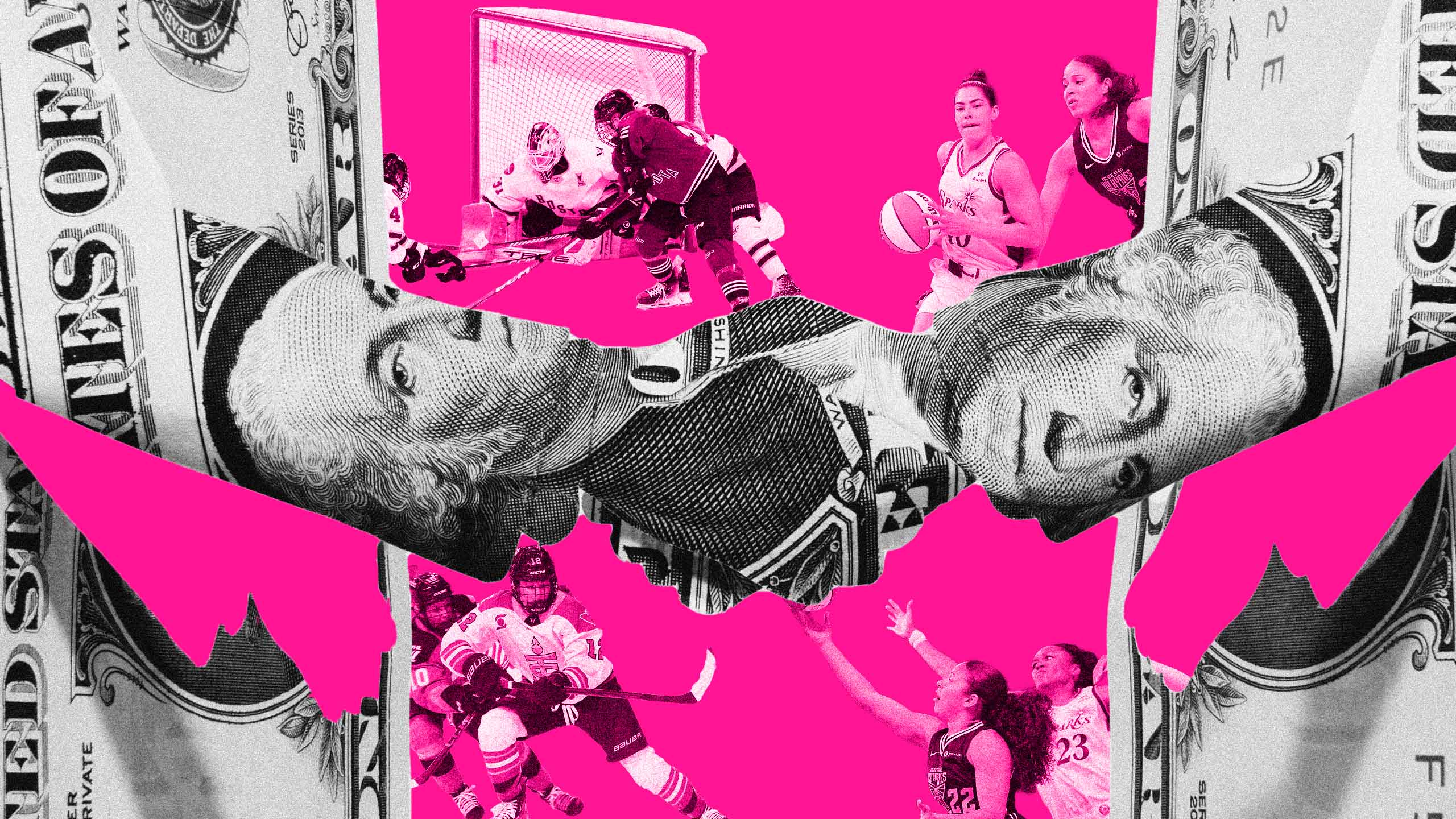

 Why you can trust Xtra
Why you can trust Xtra